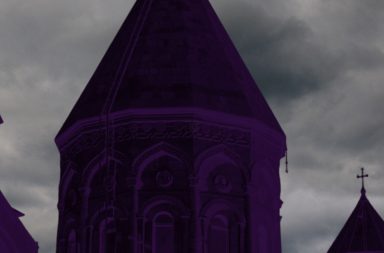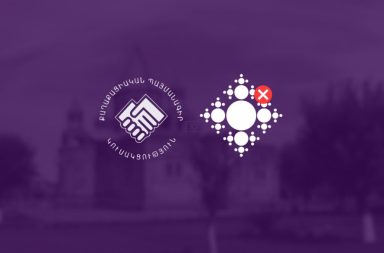The arrest of Archbishop Ajapahyan has been an unprecedented violation and a blow against the Church and the statehood. For those who understand the significance of the Ajapahyan name, this act was more than political—it was sacrilegious.
The Ajapahyans are not merely a prominent family within the Armenian Apostolic Church—they are one of the last known royal bloodlines still active in public life, a branch of the Hethumid Dynasty which oversaw the Golden Age of the Cilician State.
According to ancient manuscripts and genealogical records, the Ajapahyan dynasty descends from Prince Hovhannes, the brother of King Hetoum II. This connection alone would merit historical reverence, but the Ajapahyans played a role far more sacred than courtly administration or military command. They became the guardians of the most revered relics of the Armenian Church—relics that had once belonged to St. Gregory the Illuminator, St. Sylvester, St. Nicholas the Wonderworker, and St. Parsam. Chief among these relics were the Holy Right Hands (Surb Ajer), relics of immense spiritual and ceremonial importance. It is from this sacred duty that the family name “Ajapahyan” (“Bearer of the Holy Right”) originates.
This responsibility was not inherited by chance. In 1292, when Egyptian Mamluk forces ransacked the Holy See of Hromkla, they captured Catholicos Stephen IV and seized all the holy relics and treasures of the Armenian Church. In the years that followed, King Hetoum II and his brother Hovhannes managed to recover some of these sacred items through considerable effort and negotiation. To protect them from future invasions or loss, the relics were entrusted to Hovhannes and his descendants. From that moment on, the Ajapahyan family became custodians of the Armenian Church’s most treasured symbols, and deeply integrated into the spiritual life of Sis, the capital of the Cilician Kingdom and the new seat of the Armenian Catholicosate.
Several members of the Ajapahyan lineage went on to become Catholicoi themselves, among them Ghukas I, Mikael I, and Kirakos I, serving with distinction in times of both challenge and renewal. Their leadership helped sustain Armenian Christian identity in the face of political fragmentation, external pressure, the decay, and the eventual destruction of the Armenian statehood.
Tragically, the family’s fate took a dark turn during the Armenian Genocide of 1915, when most of its members were brutally martyred. The surviving descendants were forced into exile, many resettling in Lebanon, where they quietly preserved their legacy through the generations.
That legacy—a symbiosis of civic and spiritual life, sacred guardianship, and martyrdom for their faith—goes strong today. Archbishop Ajapahyan is not merely a churchman; he is a living remnant of Armenia’s spiritual monarchy, indestructible dynasty, unbent resilience.
Ajapahyan is the embodiment of all the traits that make up Armenia. His arrest—not just a political act, but a historical rupture.


